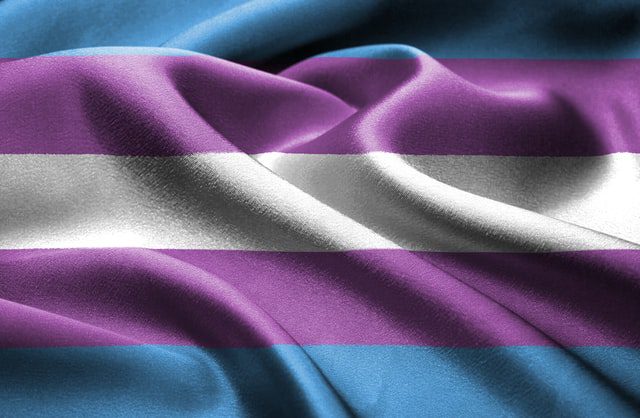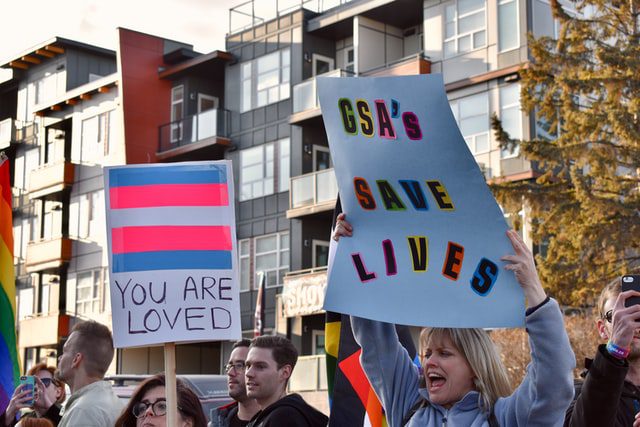
Transgender Day of Remembrance
Anti Transgender Violence
Society is riddled with structures that seek to exclude and oppress at all costs. The drive for power and influence has led to a lot of hate crimes against marginalized identities the world over. The transgender community is not exempt from this.
While being a transgender person who expresses their gender identity can be a liberating and affirming experience for many, there are still many transgender issues transgender people may face. Transgender individuals and communities experience a great deal of violence and discrimination. There is extensive evidence that shows that transgender people statistically experience high rates of domestic and sexual violence, where trans men and trans women are time and time again the targets of transphobic hate crimes and state violence.
Rita Hester
While the transgender day of remembrance exists to memorialize victims of transphobic violence, the movement was explicitly sparked by the murder of a trans woman, Rita Hester, in 1998.
Rita Hester was an African-American transgender woman born in 1963 in Boston, Massachusetts. She grew up to be an active part of the transgender community, working to raise awareness, express love, and hold space for other trans people like herself.
In November 1998, Rita Hester was murdered. Indeed, on the 28th of November, 1998, Rita Hester was with her friend Brenda who had spent the morning playing sport together. At noon, Rita made way for her apartment and plans to meet a friend at a nearby bar later that evening. However, at approximately 6 pm that night, law enforcement was alerted of a fight located in Rita’s apartment. Upon the arrival of the police at Rita’s Boston apartment, Rita was found stabbed 20 times in her chest; Rita was still alive when the police found her. She later passed away at Beth Israel Hospital.
There were no arrests made for the murder of Rita Hester. However, Rita’s story is not unique to her. While the media has given considerable coverage to her story, many other trans people whose lives deserve t0 be remembered. Unfortunately, continued violence endured beyond that morning in 1998. To this day, the hatred of gender identity causes the death and oppression of transgender people worldwide. Statistics relating to violence against trans sex worker, for instance, shows alarming evidence of targeted hate crimes. Unfortunately, public awareness of this remains low. While some may consider today’s climate a step forward from Rita’s in 1998 -the lack of equality and violence faced by trans people, in turn, is still pertinent.
This painful part of trans lived experience underscores that transgender day of remembrance.

More on Transgender Day of Remembrance
The Transgender Day of Remembrance (TDOR) began with the work of transgender activist Gwendolyn Ann Smith in 1999. This day was created as a vigil to honor Rita Hester, memorializing a murdered transgender woman and victim of transphobia a year prior. Beyond this, however, Smith’s memorial sought to pay homage to transgender people all over the world whose lives had been lost to anti transgender violence.
Soon, this grew to become an annual tradition known as the Transgender Day of Remembrance. A series of candlelight vigils is observed annually in Boston and San Francisco. Also known as International Transgender Day, it highlights the lived experience of trans lives that are under threat; this day works to draw attention to those who’ve died and raise awareness for trans rights as human rights.
The significance of the Transgender Day of Remembrance (TDOR) is how it allows people to show support for transgender people and condemn anti-transgender violence in a world of national indifference.
In the week before the Transgender Day of Remembrance, many organizations and human rights groups participate in Transgender Awareness Week, helping to create visibility for transgender people.
How to Get Involved with Transgender Day of Remembrance?
Should you like to get involved in Transgender Day of Remembrance, all you have to do is attend or organize a candlelight vigil on the 20th of November to highlight transgender issues and memorialize transgender people. It is essential to think of the lives lost to anti-transgender violence. It is also important to acquaint yourself with education about the transgender community.
It is also important to note that most vigils are hosted and organized by transgender advocates or groups to organize a human rights campaign.
These vigils also involve reading a list of transgender people whose lives have been lost to violence that year. They also offer education and resources on disproportionately anti-transgender violence, affecting transgender people and transgender women of color.



